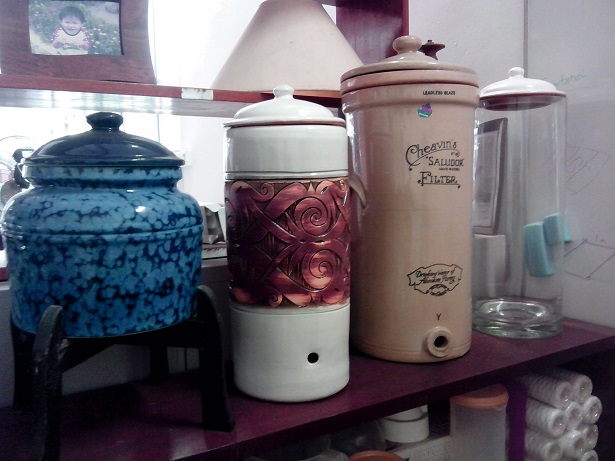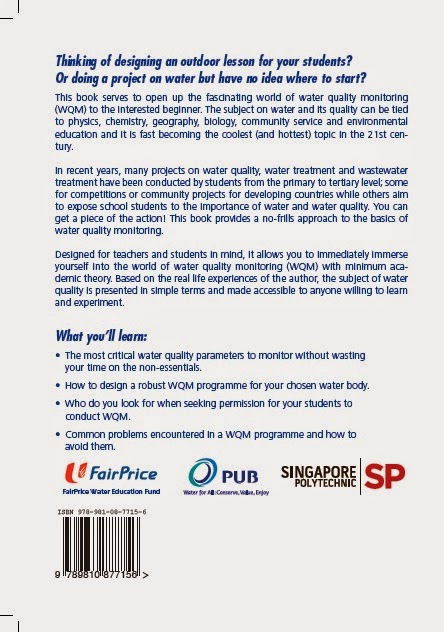From part 1
- Currently, our local catchment can presumably contribute 150MGD (imperial mega gallons per day) to an overall demand of 430MGD.
- Total demand in 2030 was interpolated to be 570MGD.
From PUB figures
- year 2030
- Contribution from Newater = 50%
- Contribution from desalination = 30%
- Year 2060
- Total demand is projected to be 860MGD.
- Contribution from Newater = 55%
- Contribution from desalination = 30%
- 2030
- As in part 1, we reasonably assume that we can do without imported water (aka Johor water) and that the Newater and desalination plants are working hard at full capacity, local catchment can supply the remaining 20% of total demand.
- Multiplying by 570MGD, this works out to 114MGD.
- 2060
- Since we are only a year away from expiry of our water agreement with Malaysia in 2061, let's assume we are completely self-sufficient in 2060. (What are the odds of renewing the agreement? Hard to tell since it is still so far in the future.)
- Taking imported water out of the equation, our local catchment is left with contributing the remaining 15% of total demand.
- Multiplying by 860MGD, this works out to 129MGD.
- The trend then goes like this for our local catchment:
150MGD (2017) --- 114MGD (2030) --- 129MGD (2060)
Why are we seeing a decreasing contribution from our local catchment between now and the future? (Let's ignore the increase from 2030 to 2060 for now.)
No doubt, I did make a couple of assumptions but I believe they are reasonable. - Climate change?
Possible. This region is modelled to have more intense rainfall but also more evaporation from a higher temperature. - What is strange is according to PUB, "In the long run, our water catchment area will increase from two-thirds to 90% of Singapore’s land area. Most of this will be made up of unprotected catchments which are land where development is allowed, for example, for residential, commercial and non-pollutive industrial purposes."
Shouldn't this translate to a greater contribution from local catchment?
One possible explanation is the increase in catchment area is not via your typical reservoirs but through exploiting the small rivers and drains around the outskirts of SG island. This involves the use of VSP (variable salinity plant) which can desalt either brackish water (during rainy weather) or seawater (during dry weather). (References: 1, 2)
Perhaps these VSPs are classified as desalination too? But if this is so, perhaps we should not be describing that our catchment is increasing to 90%? Still, VSPs do not explain the decrease in the contribution of our local catchment between now and the future. - Something that we do not know??? If you do know, please share with the rest of us.
| Figure: Catchment map of SG. The light blue areas drain our rainwater into the reservoirs (dark blue). Light & dark blue areas add up to 66.7% of our land area currently. |





No comments:
Post a Comment